Latest Posts
SD and memory cards reader
Card reader devices used on DV and other products
An SD card reader is the device that can read an SD memory card. Currently Memory (SD card) is the most common memory card on the market. This memory card is now widely used in digital cameras, DV, MP4, MP3 players, PDA handheld computers, multimedia mobile phones. In order to let the data carried by the memory card to be used by more people, card reader is produced accordingly.
Content
1) Introduction 2) Interface 3) Usage 4) Categories 5) Computer Installation Principles
Production Method
SD (Security Digital Memory Card) card reader is generally easy to carry, and its size is similar to that of ordinary Usb drive. After inserting in an SD card, it will have the same function as a Usb drive. The card reader is similar to a USB floppy drive to the computer, and the function is also similar, but instead of reading floppy disk, it reads various flash memory cards. You can just insert the SD flash card into the corresponding card slot according to the prompts, and then insert the other end of the USB head into the USB socket of the computer. Data can only be read properly if you correctly insert the card.
Generally, SD cards can also be backward compatible with MMC cards.
Interface
The interface type refers to the connection method and type between the card reader and the computer host. All card readers adopt USB interface, which is then divided into USB1.1 interface and USB2.0 interface. The difference between these two is that their maximum data transmission rates are different. The rate of USB1.1 is 12Mbps, while the rate of USB2.0 is 480Mbps. The maximum data transfer rate of USB2.0 interface is 40 times that of USB1.1 interface, thus has obvious advantages, but the price of USB2.0 product is relatively more expensive than that of USB1.1 interface.
The USB2.0 technical specification is jointly formulated and released by Compaq, Hewlett Packard, Intel, Lucent, Microsoft, NEC, and Philips. The specification increases the peripheral data transmission speed to 480Mbps, which is 40 times that of USB 1.1 devices! But according to the original plan, the new USB 2.0 standard was only going to set this standard at 240Mbps, but later, they put in some effort to raise it to 480Mbps.
Because there are some changes in the standards formulated at that time, the USB specification has produced three speed options: 480Mbps, 12Mbps, and 1.5Mbps. In June 2003, when the USB 2.0 standard began to gain popularity, the USB Association renamed the USB specifications and standards. Perhaps back then, the USB Association is just trying to make a better unified standard without confusion, but they didn’t expect that their moves have caused a chaotic situation in the flash disk and MP3 market.
Later, the USB standard was renamed and the original USB 1.1 was changed to USB 2.0 Full Speed (full-speed version), the original USB 2.0 was changed to USB 2.0 High-Speed (high-speed version), and a new logo was announced at the same time. It is obvious that the high-speed version of USB 2.0 is of course faster than the full-speed version of USB 2.0.
Now a new technology, USB 3.0, also known as SuperSpeed USB, has launched and it provides a standard interface for all kinds of devices that are connected to PCs or audio/high frequency devices. Devices from keyboards to high-throughput disk drives can use this low-cost interface for smooth-running instant plug-and-play connections. Users basically do not have to put in many efforts. Apart from maintaining compatibility with USB 2.0, the new USB 3.0 provides the following enhancements:
- Greatly improved bandwidth – up to 5Gbps full duplex (USB2.0 only has 480Mpbs single duplex)
- Achieved better power management
- Enables the host to provide more power to the device, able to support applications such as USB-rechargeable batteries, LED lighting, and mini fans.
- Enables the host to identify devices faster
- New protocols have made data process more efficient
USB 3.0 can transfer large-capacity files (such as HD movies) under the storage rate limited by the storage device. For example, a USB 3.0 flash drive can transfer 1GB of data to a host in 3.3 seconds, while USB 2.0 will take 33 seconds.
Driven by the ever-increasing resolution and storage performance demands of consumer electronics devices, people wish to enable wider media applications over broadband Internet connections. Thus, users require faster transmission performance to simplify downloading, storage, and mass content sharing of multimedia. USB 3.0 has played a crucial role in providing consumers with the easy connectivity they demand.
When used in consumer devices, USB 3.0 will solve the problem of unable to recognize batteryless devices faced by USB 2.0. The host can identify these devices by slowly reducing the current through USB 3.0 interface. For example, it can recognize a cell phone with a dead battery
For system and ASIC developers, the broad availability of USB 3.0 chips and IP ensures that every design requirement can be met in a timely manner. This comprehensive support is especially important for standards like USB 3.0, because speed, advanced protocols, and a variety of cable lengths (from inches to meters) have made design and standards compliance a challenge.
Card Reader Ordinary single card reader, three-in-one card reader, five-in-one card reader, nine-in-one card reader, fifteen-in-one card reader, nineteen-in-one card reader.
Usage
When it comes to card readers, many people will immediately think that this product is produced in conjunction with digital cameras, but now its application is no longer limited to digital cameras, but has expanded to more fields. As the name suggests, “Card reader” is a device that reads data, it can not only support data reading but also support data writing. Its initial design idea is mainly to make up for the defects of digital camera data output. Because the USB interface was not popular in the early days, the output port of the digital camera was connected with the serial port of the computer. Since the data transmission speed of the serial port is very low, it will take a lot of waiting time to copy data to the hard disk. Therefore, the card reader was designed. With the development of digital products such as MP3 and PDA, the development of card readers has been strongly promoted. Nowadays, the standard 256M or 512M flash memory of MP3 obviously can no longer meet our needs, and adding 1G or higher flash memory has become our standard configuration. But if we want to copy MP3 songs to the flash memory, we can only operate through an MP3 player, and we will need special cable, driver and software to complete it, making the portability of MP3 player much worse. If we have a card reader, we can directly store songs to the flash disk without the intervention of the MP3 player, so that the use of MP3 will become more convenient.
Classification
Card readers are be divided into contact card readers, contactless card readers, single-interface card readers, dual-interface card readers, and multi-card holder contact readers.
If cards are classified based on their interface, the card readers mainly include: parallel port card reader, serial port card reader, USB card reader, PCMICA card reader and IEEE 1394 card reader. The first two card readers have been basically eliminated due to slow interface speed or inconvenient installation. At present, USB card readers are the most popular card readers on the market. PCMICA card readers are mainly used in notebook computers, while IEEE 1394 card readers are not widely used because its supporting interfaces are not yet popular.
The main flash memory or multimedia cards on the market today are: TF card, SM card, CF card, MicroDrive, MemoryStick, MemoryStick PRO, MMC card, Micro SD Card, MiniSD card, SD and SDHC, xD card.
According to the type of flash memory they read, card readers can be divided into single-function card readers and multi-function card readers. Generally, single-function card readers can only read one type of flash memory card. For example, TF card readers can only read TF flash cards, and SM card readers can only read SM flash cards. The price of these type of card reader is relatively low, generally 10-30 yuan. Multi-function card reader is compatible with all kinds of flash memory cards, it can easily read data, no matter whether it is TF card, CF card or MemoryStick, but the price of such products is slightly higher. Depending on the numbers of flash memory card it can read, the price ranges from 8 to 38 yuan.
Secure Digital is usually abbreviated as SD. As a memory card, its full name should be Secure Digital Memory Card, which is translated into Chinese as Secure Digital Card or directly called SD card. It is a memory card standard and is widely used in portable devices, such as digital cameras, personal digital assistants (PDAs), and multimedia players. The technology of SD card is based on MultiMedia card (MMC) format, but SD card is slightly thicker than the MMC card, but has a higher data transfer speed, and constantly update its standards. Most SD cards have writing protection controls on the side to prevent accidentally written some data, and a few SD cards even support digital rights management (DRM) technology. The size of a normal SD card is about 32mm × 24mm × 2.1mm, but it can be as thin as 1.4mm, which is the same as an MMC card. SD cards can offer different speeds, their speed is calculated based on a CD-ROM’s 150 KB/s rate as 1x speed (denoted as “1x”). Basically, they are 6 times faster than standard CD-ROMs (900KB/s), and high-speed SD cards are capable of transferring at 66x (9900KB/s=9.66MB/s, marked as 10MB/s), 133x or even higher speed. Some digital cameras require high-speed SD cards for smoother video capture and faster photo continuous shoots. Until December 2005, most devices followed the 1.01 specification of SD cards, and devices with higher speeds of up to 133x, followed the 1.1 specification.
Devices with SD card slots can use MMC cards that are quite thin, but standard SD cards cannot be inserted into the MMC card slot. SD cards can be used on CF cards and PCMCIA cards after plugging in an adapter; miniSD cards and microSD cards can also be used in SD card slots by plugging in an adapter. Some USB connectors can accept SD cards, and some card readers can also accept SD cards and are accessed by many connection ports such as USB, FireWire, etc.
a picture of sd card
SD card was jointly developed by Japan’s Panasonic, Toshiba, and United States’ SanDisk in August 1999. The SD memory card is only the size of a stamp and weighs only 2 grams, but it has high memory capacity, fast data transfer rate, great mobility and good security. At present, the largest capacity of SD card is 128G, followed by 64G, 32G, etc. The capacity of the memory card is generally the power of 2. SD cards have broad future application prospect. It can be used as storage expansion for some electronic products such as mobile phones and cameras. The technology of SD card is developed based on the MultiMedia card (MMC) format. Its size is 32mm x 24mm x 2.1mm, which is similar in size to MMC. The length and width are the same as MMC, but is only 0.7mm thicker than MMC, so it can accommodate storage units with larger capacity. SD cards and MMC cards maintain upward compatibility, that is, MMC can be accessed by new SD devices, and the compatibility depends on the application software, but SD cards cannot be accessed by MMC devices. (The shape of the SD card adopts the rail-type design of the MMC with the same thickness, so that the SD device can fit with the MMC).
Computer installation
principle
The principle of start computer and install XP using Usb drive, MP3, or card reader + SD card. It makes the computer to start and run from the Usb drive (that is card reader + SD card) instead of running from the hard disk. The computer system that it starts and runs from the Usb drive(Card reader + SD card) is already a complete system, with several software such as GHOST in it. Then we can use GHOST to install the system. If the original hard disk is not backed up to the GHO file, you must copy a GHO file in the SD card before you start, or where can you restore your data.
Production Method
Card reader + SD card in inserted into the computer,
Unzip the WinPEU package mentioned above,
After unzip, double-click to run the UltraISO inside. As shown below,
After running UltraISO, go to the menu bar, click “File” and “Open”. Find the WinPE.iso file in the WinPEU software package, click to open, the operation is as the picture follows
Click to open the WinPE.iso file in the WinPEU package, as shown below.
Then, at the local directory bar, click to select the drive letter of your card reader + SD card, which is “H”, and finally, on the menu bar, click “boot CD” and “write hard disk mapping”
Click to write, after it is completed, your card reader + SD card boot disk is ready, don’t forget to copy a GHO system file in the SD card, or where can you find a GHO file to restore. Remember that after GHOST restores the system, you have to unplug the card reader + SD, or else the computer will still start from your card reader + SD, and it will enter an infinite loop, you will still be unable to enter your restored interface.
Well, you can perform “install the system without disk” on a computer without both system and CD-ROM in it, and also, remember to set the boot sequence of the computer to be installed as: USB-ZIP to start.







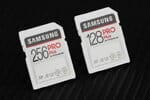
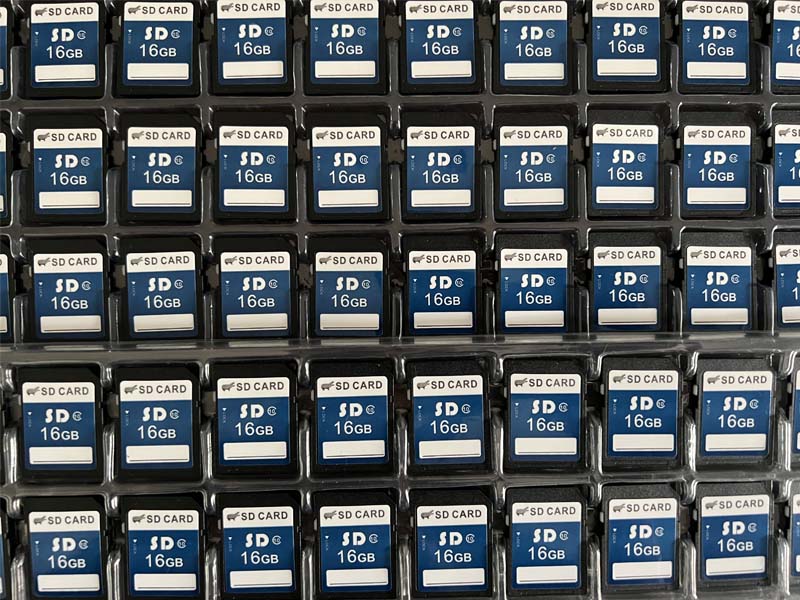
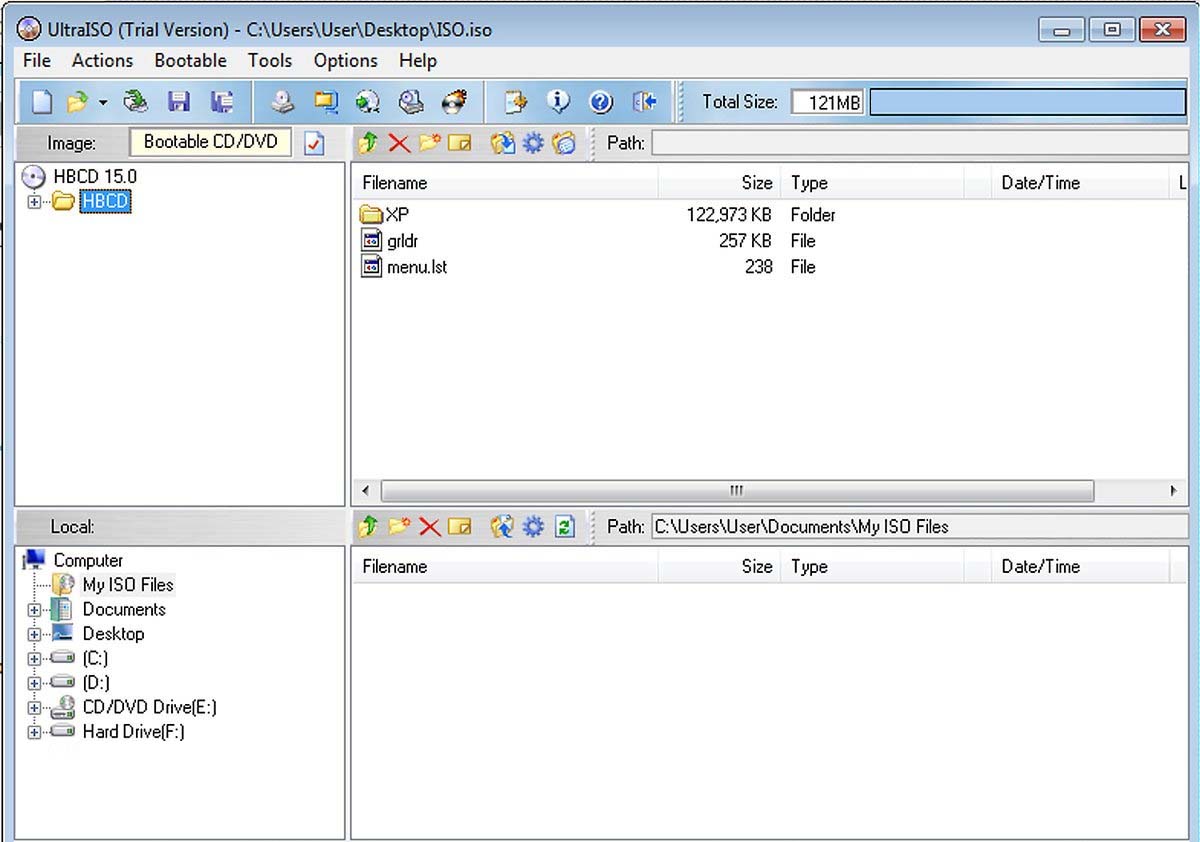
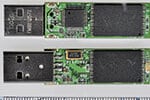
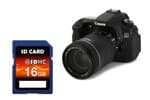
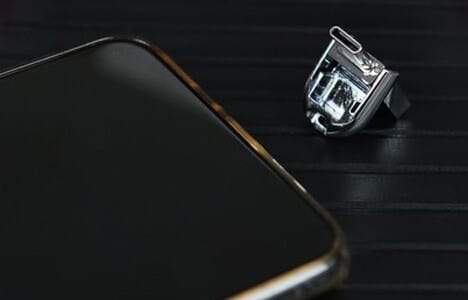
Leave a comment